Fly Fishing Reels
Reviews And Selection Tips
Fly reels are also known as fly casting reels or centrepin reels.
They were originally designed as a convenient place to store fishing line. And this is still it's main purpose for playing out the cast and retrieving line. However, it is not their only purpose.
There are 3 different types of fly reels. We will briefly go over each one of those below.
We will also go over a few important details about these fishing reels to help assist in your selection process.
Evolution Of The Fly Fishing Reel
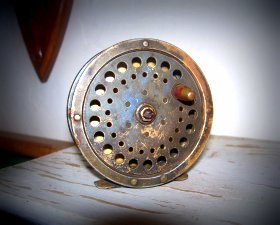
The first styles of fly fishing reels were made out of wood. Some were also made out of various stamped metals, cast brass, and bronze.
The more modern types of these fishing reels being made today are constructed from machined aluminum, graphite, and other lightweight compositions.
Shop For Brand New Fishing Reels HERE.
3 Categories of Fly Fishing Reels
Fly reels can be categorized into three different types; single action reels, multiplying, and automatic.
1.) Single action reels means that for every revolution that the handle is cranked, the same amount of line is brought in on the spool. The ratio would be 1:1.
2.) Multiplying reels contain a gear mechanism within the reel to allow line to be retrieved more quickly. The normal ratios would be about 2:1 or 3:1.
3.) Automatic fly reels automatically retrieves the fishing line generated by a trigger device. Because of their size and mechanisms, they are heavier, and are not used as often.
The single action reels are the most popular. They are lightweight, efficient and are a fun challenge when playing a fish, which appeals to what the sport of fly-fishing is all about.
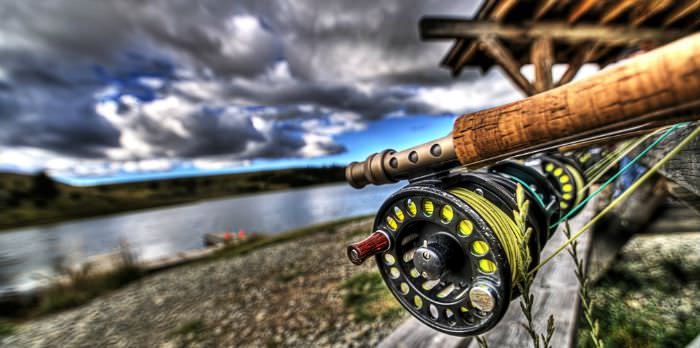
Fly Fishing Reel Selection Tips and Guide
When choosing a fly reel, select one to match the type of fishing that you plan to do, and make sure it will carry enough line.
The reel will state the size of it's diameter, which will allow you to match up with the correct line and rod size to get a general balance.
So let's say that you have a reel with a diameter
of five. That simply means you should pick a line weight
of five and a rod size of five. Now you have a
balanced outfit.
Drag System of a Fly Fishing Reel
The type of drag would depend on the type of fishing. A spring and pawl drag system would be ideal for small trout and panfish. And a disc-drag system would be ideal for other freshwater fishing game species.
Early reels had no drag at all. The angler merely used the
palm of their hand to slow the fish down. Innovations now have the
exposed rim that allows braking by the palm of the angler's hand. The
more sophisticated drag systems are made of composite materials that
feature increased adjustment range, consistency, and resistance to high
temperatures from drag friction.
Fly Fishing Reel Components to Consider
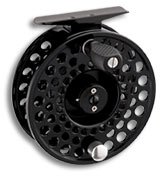
A ventilated spool will help dry the line and help prevent weakening of the backing line. (Charles F. Orvis invented and patented the first ventilated narrow spool reel back in 1874)
And a quick release button is great for changing out your spools when the situation calls for it. You may want to carry extra spools fitted with different lines rather than deal with the extra weight of other reels. Besides, a spool will obviously cost less than a reel does.
Good reels should last a lifetime with proper care and
maintenance. Keep it free from sand and dirt. Store in a dust free
environment or/and use a protective cover for you equipment.
Also see: Pflueger Fly Fishing Reels
Shop For Brand New Fishing Reels HERE.



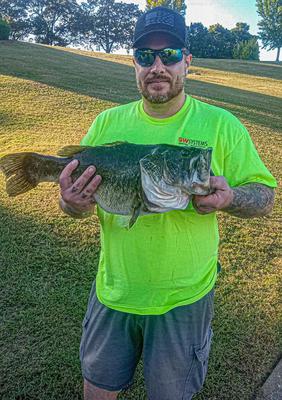
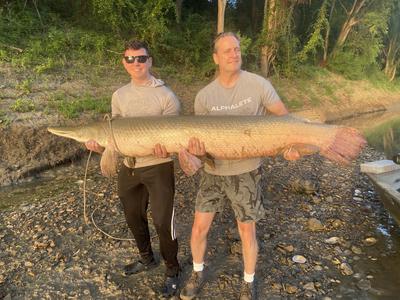

Facebook Comments
Leave a comment, question or tip in the box below.